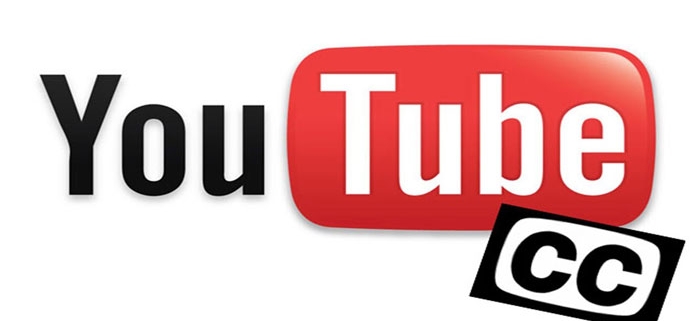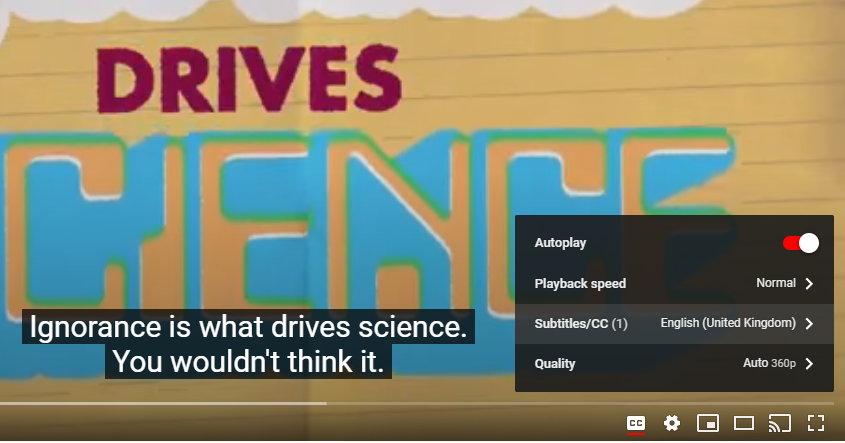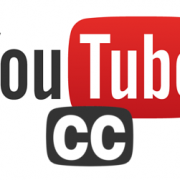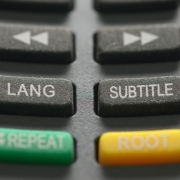Why YouTube are making a mistake removing their community captions
We all know that YouTube is a platform for videos, but did you know it’s also the second-largest search engine after Google?
YouTube is used by millions of people every day for entertainment, education, or instructional videos, and with 100 hours of video uploaded every minute, there’s plenty to choose from.
One of the best features of YouTube is the subtitles and closed captions, available on almost every video now uploaded.
These subtitles help attract a wider community, increase watch time and shares, and boosts ranking.
YouTube captions
There are three types of captions on YouTube videos; those uploaded by the original creator, and those added by the public (community captions), and those generated automatically by AI.
Last month YouTube announced it was ending the community captions feature on its videos, effective from 28th September 2020.
The reason given is because the feature is rarely used and is regularly abused by people.
When the community captions feature first launched, some channels were inundated with emoticons, LOLs, and false captions that commented on the action on-screen.
The company responded with a vetting process, using the public to flag false captions before they are published.
But even with this quality control, the platform has decided that it’s not worth it, and are removing the feature.
Why they are useful
Contrary to popular belief, closed captions are not just for deaf and hard of hearing people.
In fact, when it comes to social media, an astonishing 85% of videos are watched without sound.
Subtitles are an essential part of our online lives, and that’s for everyone. Research has shown that the majority of YouTube views are non-native English speakers, who use the captions to better understand what’s happening and improve their English.
And of course, accessibility matters.
According to the US Government, 71% of web users with a disability will simply leave a website that is not accessible to them.
Captions are necessary to level the playing field for everyone, whether they are hard of hearing or speak English as a foreign language.
The problem with automated captions
Only a small percentage of YouTube content creators take the time to also make captions for their videos.
Most are happy to let the voice recognition software automatically create them instead, which is usually fine, but while the AI auto-captions are undoubtedly getting better, they’re still nowhere near as accurate as human-created ones.
As YouTube itself admits, “automatic captions might misrepresent the spoken content due to mispronunciations, accents, dialects, or background noise.”
And while the auto-created captions might be “good enough”, good enough does not mean equal.
The community captions feature on the platform may not be perfect, but it helps millions of people who rely on accurate captions to enjoy the content.
With few original posters adding accurate captions themselves, the community captions allowed many videos to be accessible which otherwise would not have been.
Removing community captions removes so many viewers from the experience, discriminating against disabled communities and foreign nationals.












Leave a Reply
Want to join the discussion?Feel free to contribute!